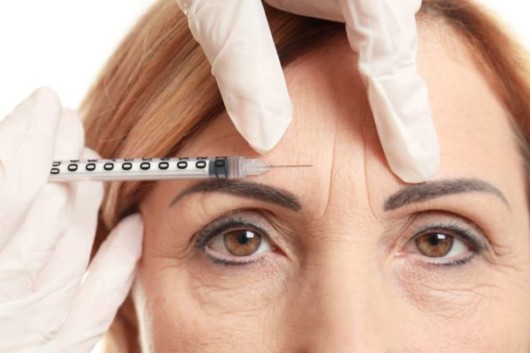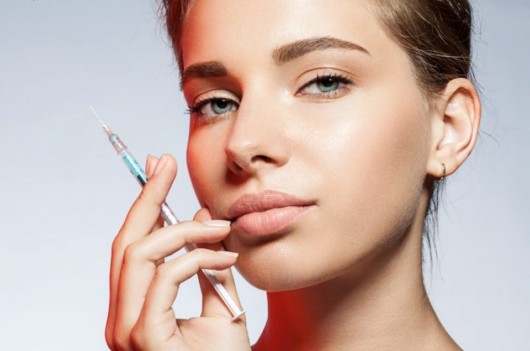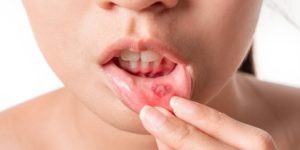Since it first became available in 1989, Botox has been a preferred therapeutic and cosmetic procedure that has been successfully used to treat a variety of issues.
This non-invasive, injectable treatment takes very little time and has been a safe option for the reduction of wrinkles and the treatment of a variety of musculoskeletal conditions for over 30 years.
In this article, we will outline the benefits of Botox, some potential side effects, and what you should expect after your first Botox experience.
What Conditions Can Be Treated With Botox?

Botox is used to treat a variety of conditions in a variety of different patients. A small sampling of conditions that can be effectively treated with Botox include:
- One of the most common reasons why a person might elect to receive Botox injections is for the cosmetic benefits inherent in the treatment. Botox is derived from Botulinum toxin and when it is injected into an area, it serves to relax tight muscles. Therefore, when someone has Crow’s feet, lip lines, or wrinkles anywhere else, Botox can correct the issue and leave the person’s skin with a smoother appearance.
- Temporomandibular Joint Disorder and Tension Headaches. TMJD, a common condition that leads to debilitating jaw pain, responds well to Botox injections. Using the same principles as they relate to the cosmetic use of Botox, injections for TMJD target tight jaw muscles and allow them to relax, leading to relief of symptoms.Similarly, tension headaches caused by tight muscles can also respond to Botox treatment.
- Excessive sweating, or hyperhidrosis, is yet another condition that may benefit from Botox treatment. Botox injections performed by a skilled practitioner can paralyze nerves responsible for sweat production and lead to a resolution of symptoms.
Are There any Side Effects to Botox?
Side effects associated with Botox are minimal and may include:
- Bruising and swelling around the injection site
- Headaches
- Eyelid drooping
All of these side effects tend to be minor and will resolve within a few days to a few weeks, if they occur at all.
Bruising After Your Botox Treatment: What You Need to Know
While bruising does not happen in everyone after Botox, it is a common complication. Luckily, there are a number of ways in which you can avoid bruising after your Botox treatment:
1. Do not drink alcohol or ingest any of the following for at Least 3 days before Botox treatment:
- Aspirin
- NSAIDs
- Vitamin E
- Omega 3 Fatty Acids
- Ginger
- Green Tea
2. Avoid vigorous activity for a few hours after the treatment.
3. Use arnica cream after the treatment to accelerate recovery
When Will the Treatment Wear Off?

Generally, the effects of Botox will last for three months or even as long as six months after the injection. However, this timeline can vary significantly between patients depending on a number of factors including:
- Elasticity of the patient’s skin.
- The concentration of the Botox injection.
- How frequently the patient receives Botox treatments.
If you are considering getting Botox treatment, a good dermatologist can help you. Call today for a consultation.
If you want to get the most of Botox, here are some vital tips to know.



